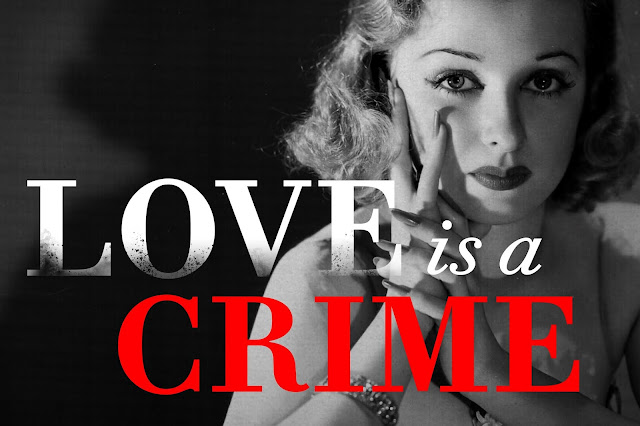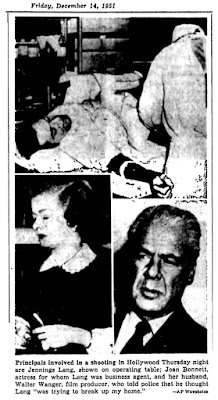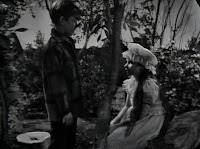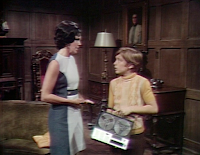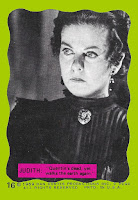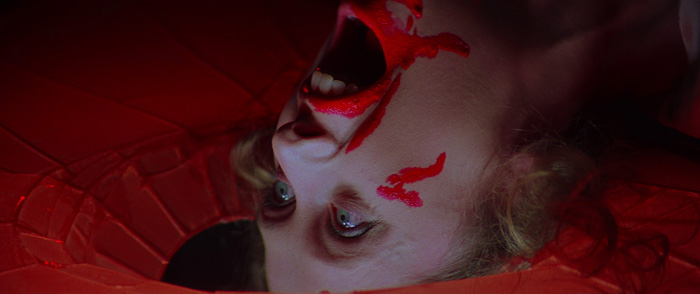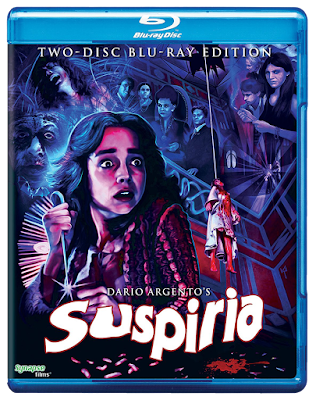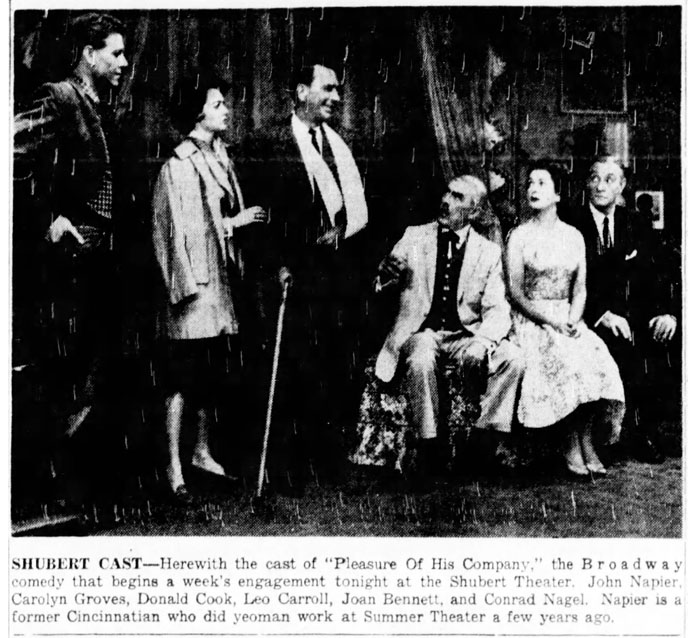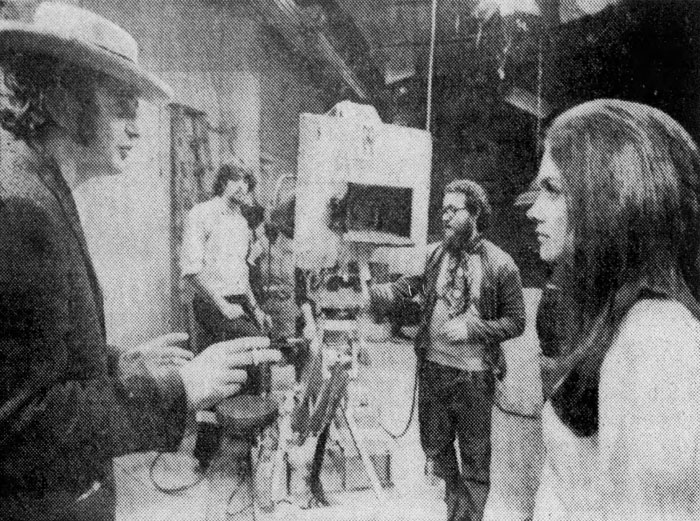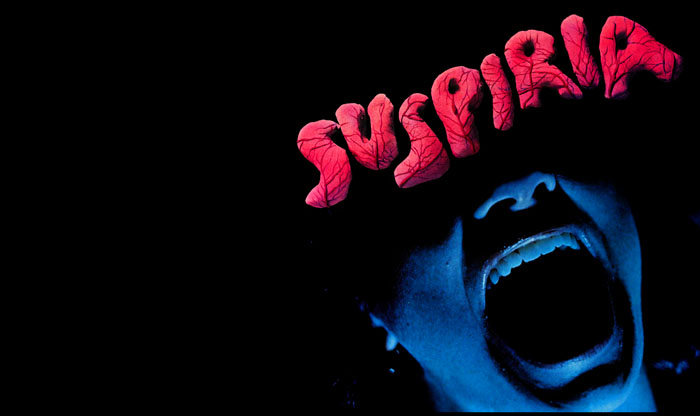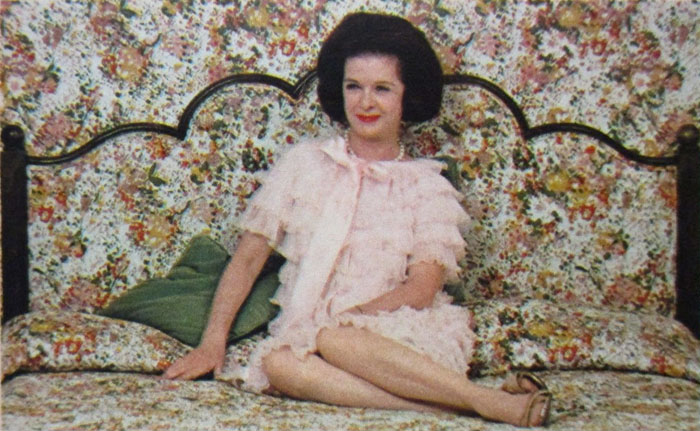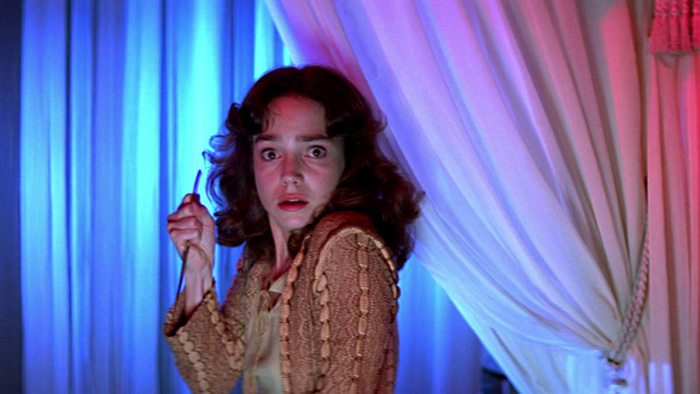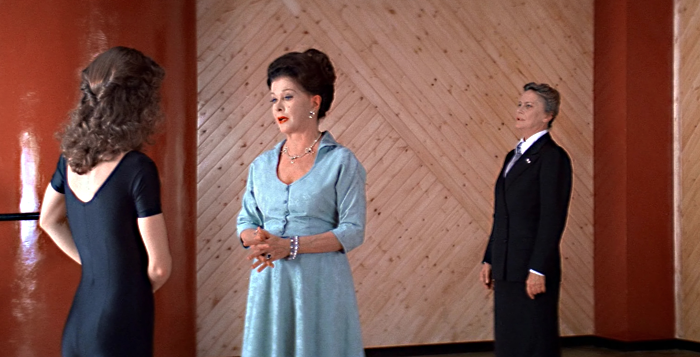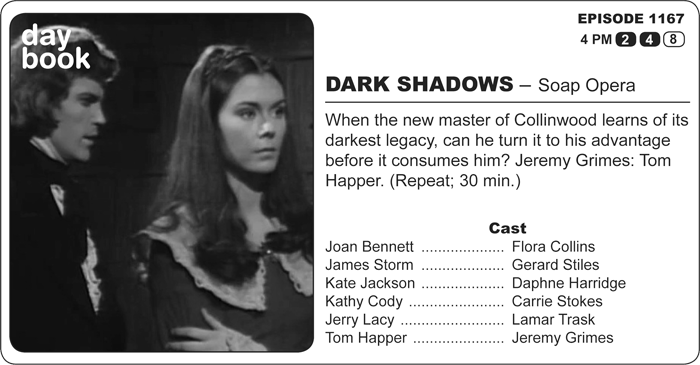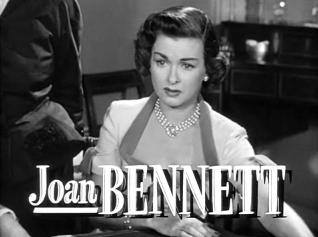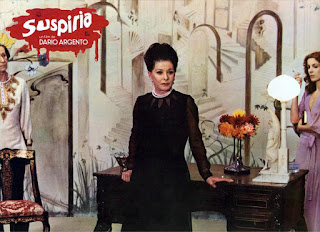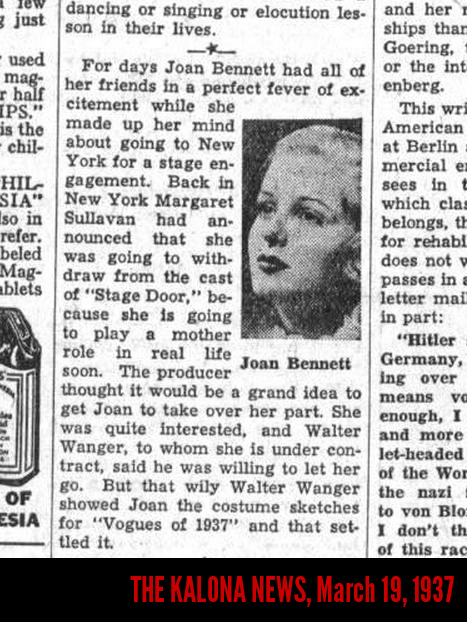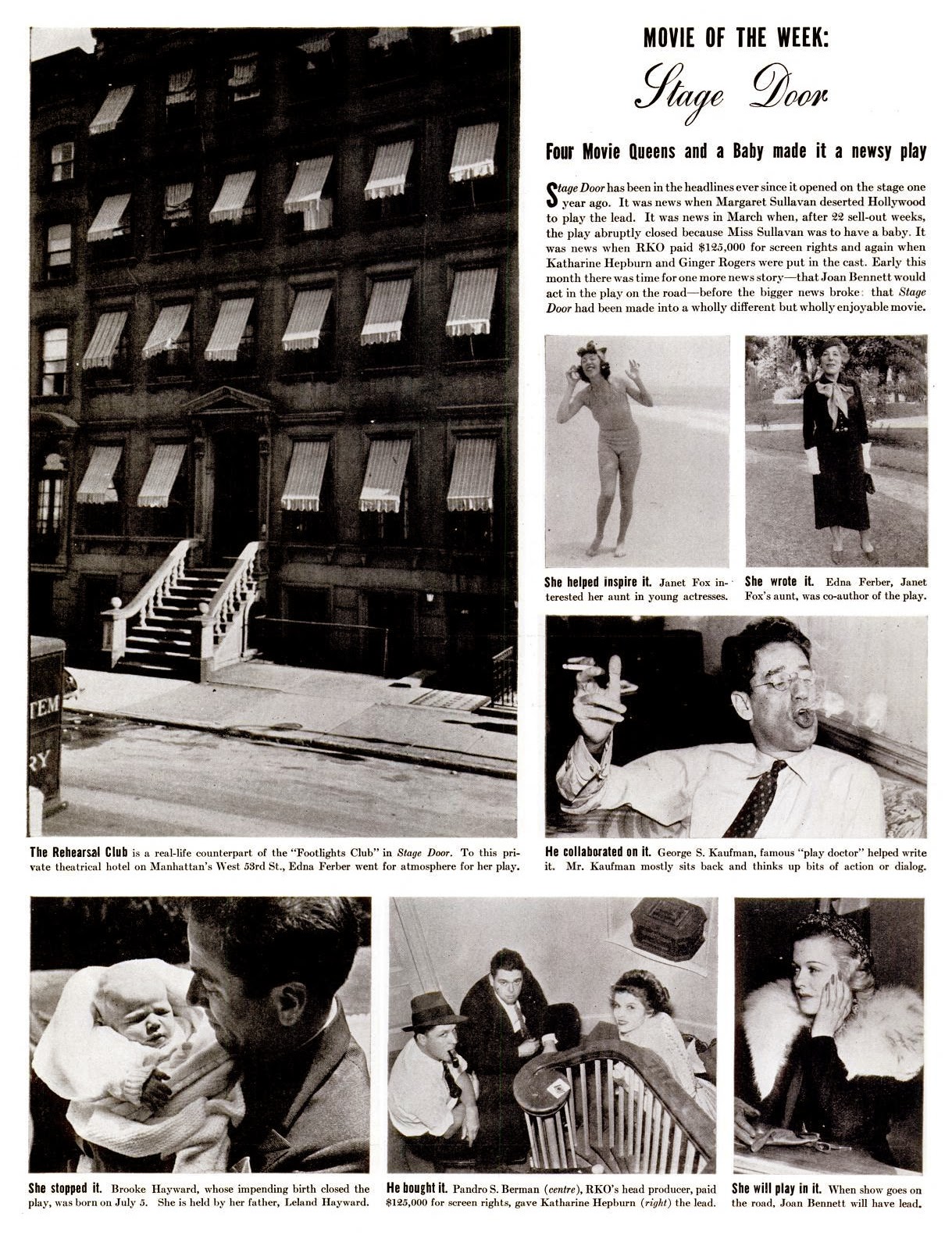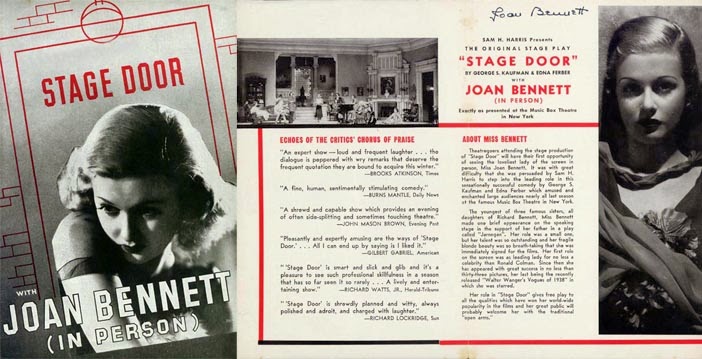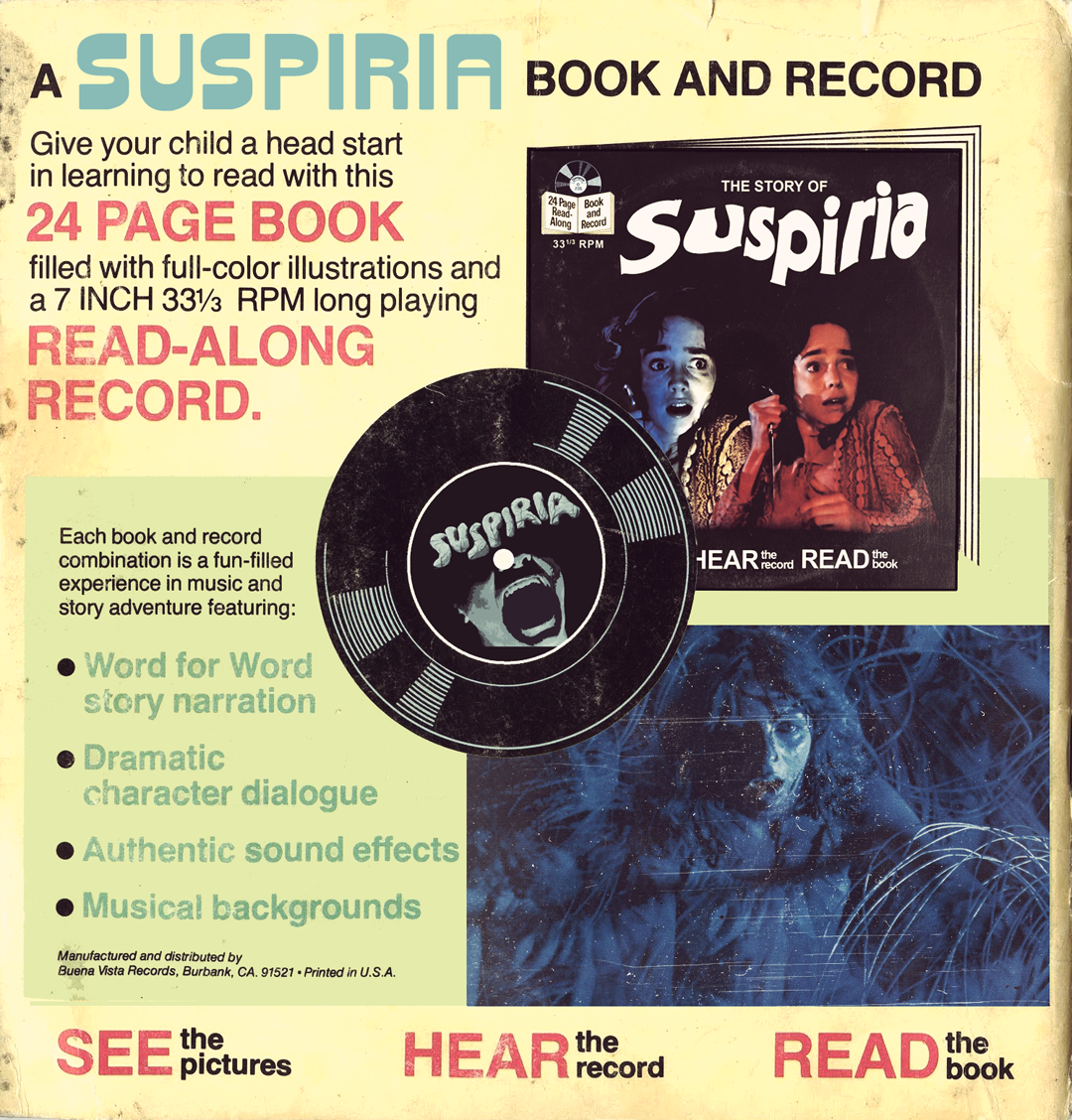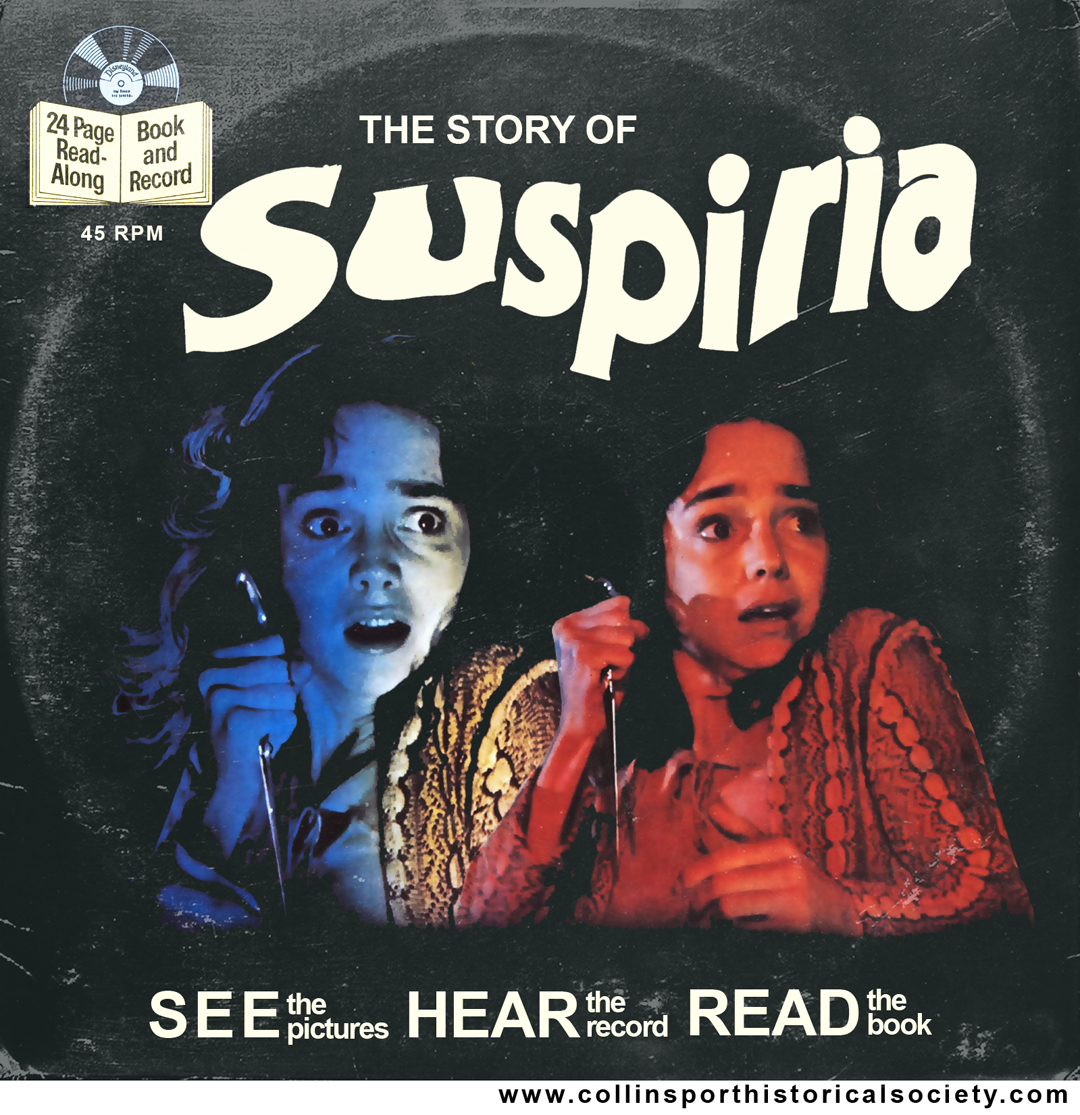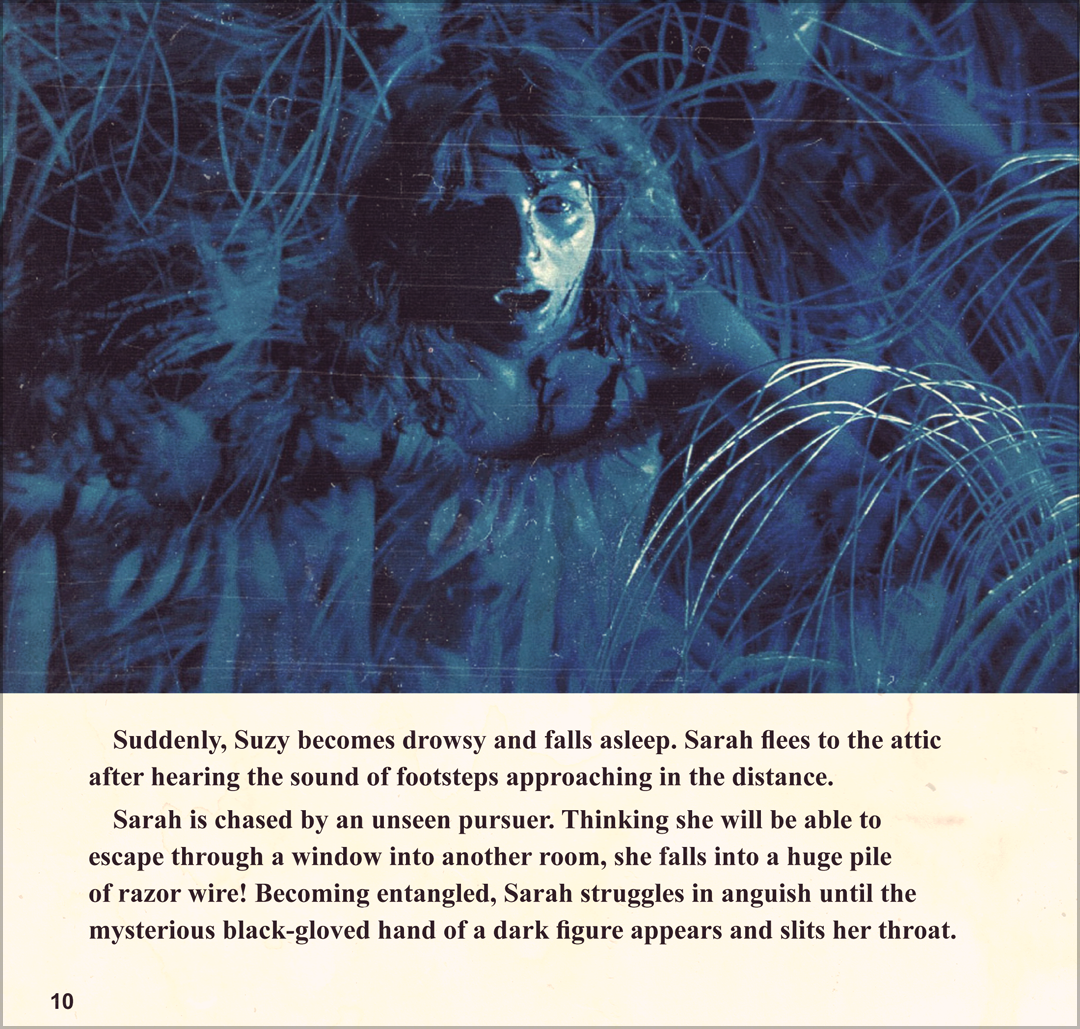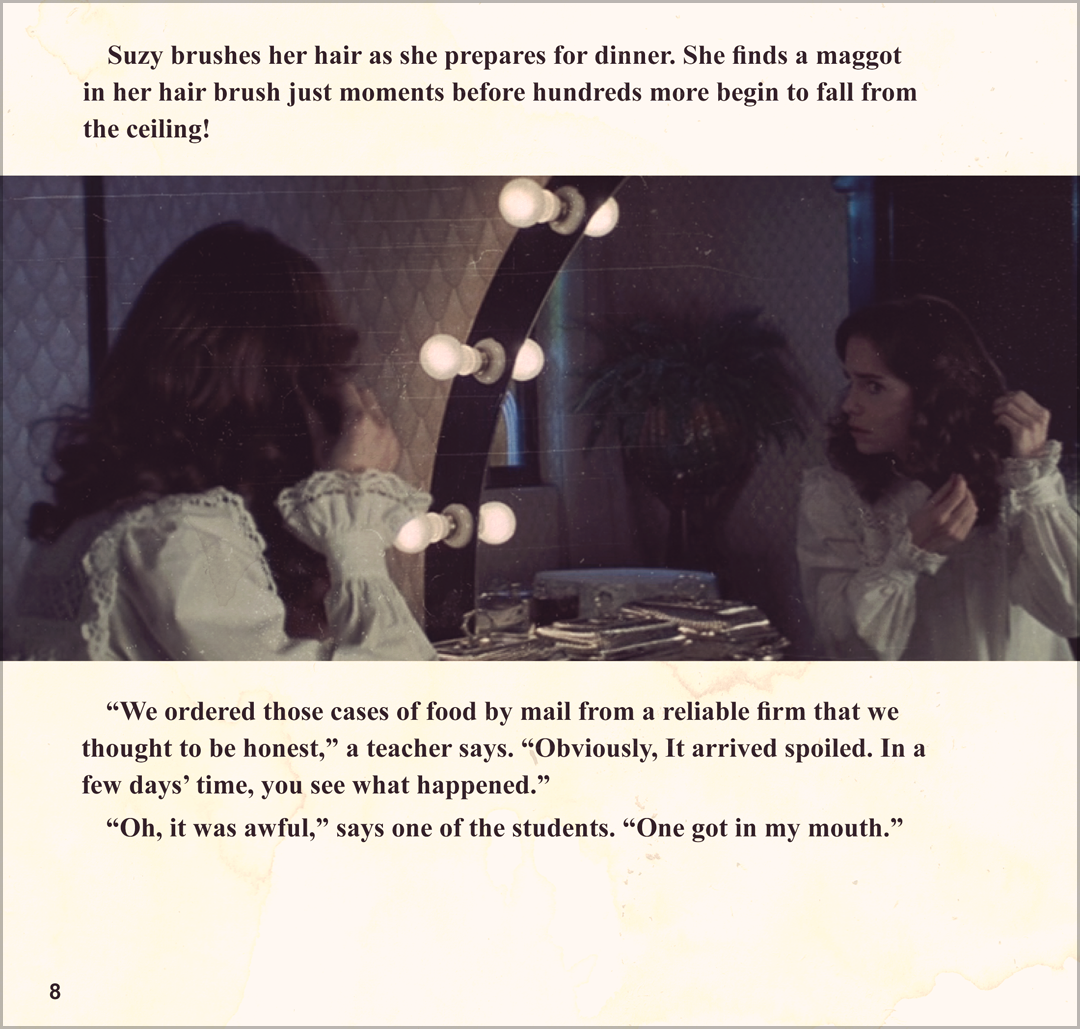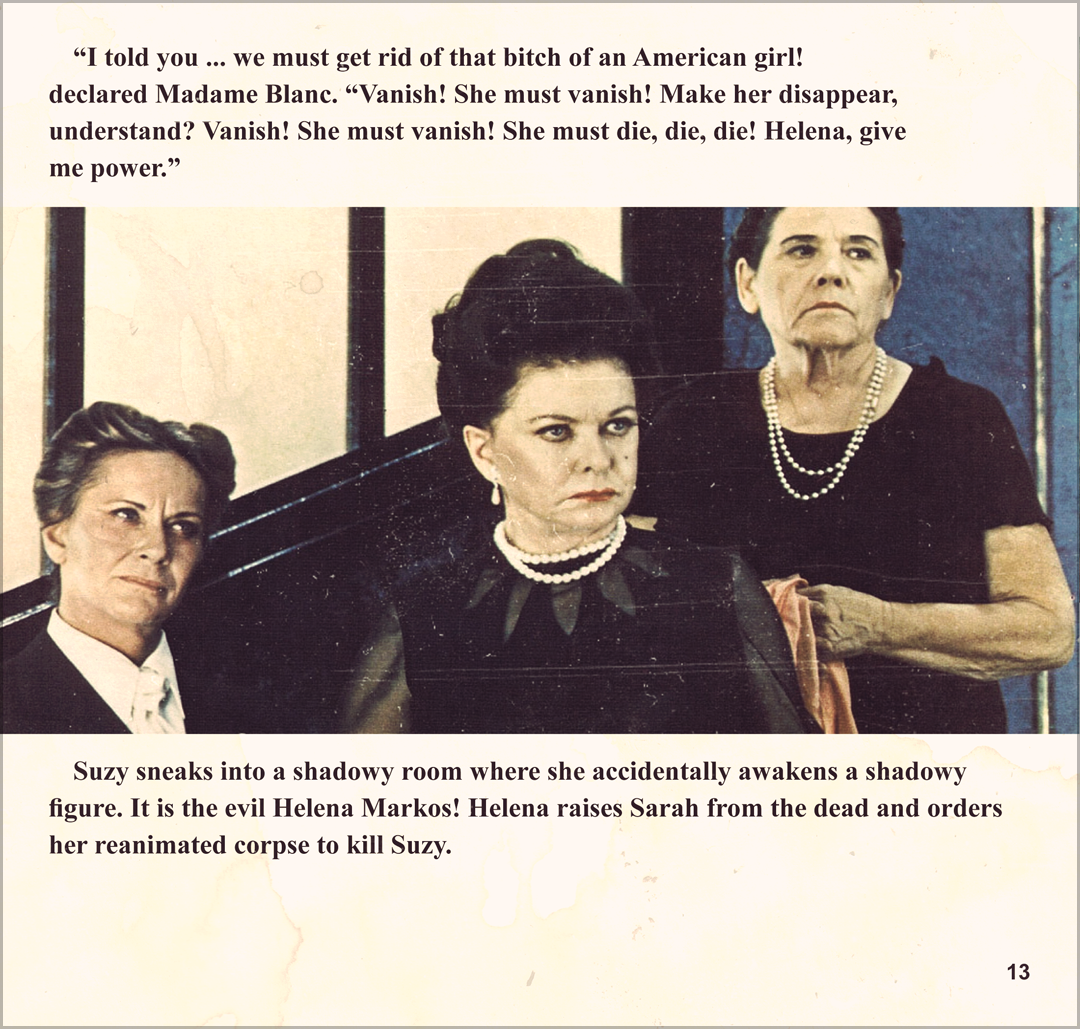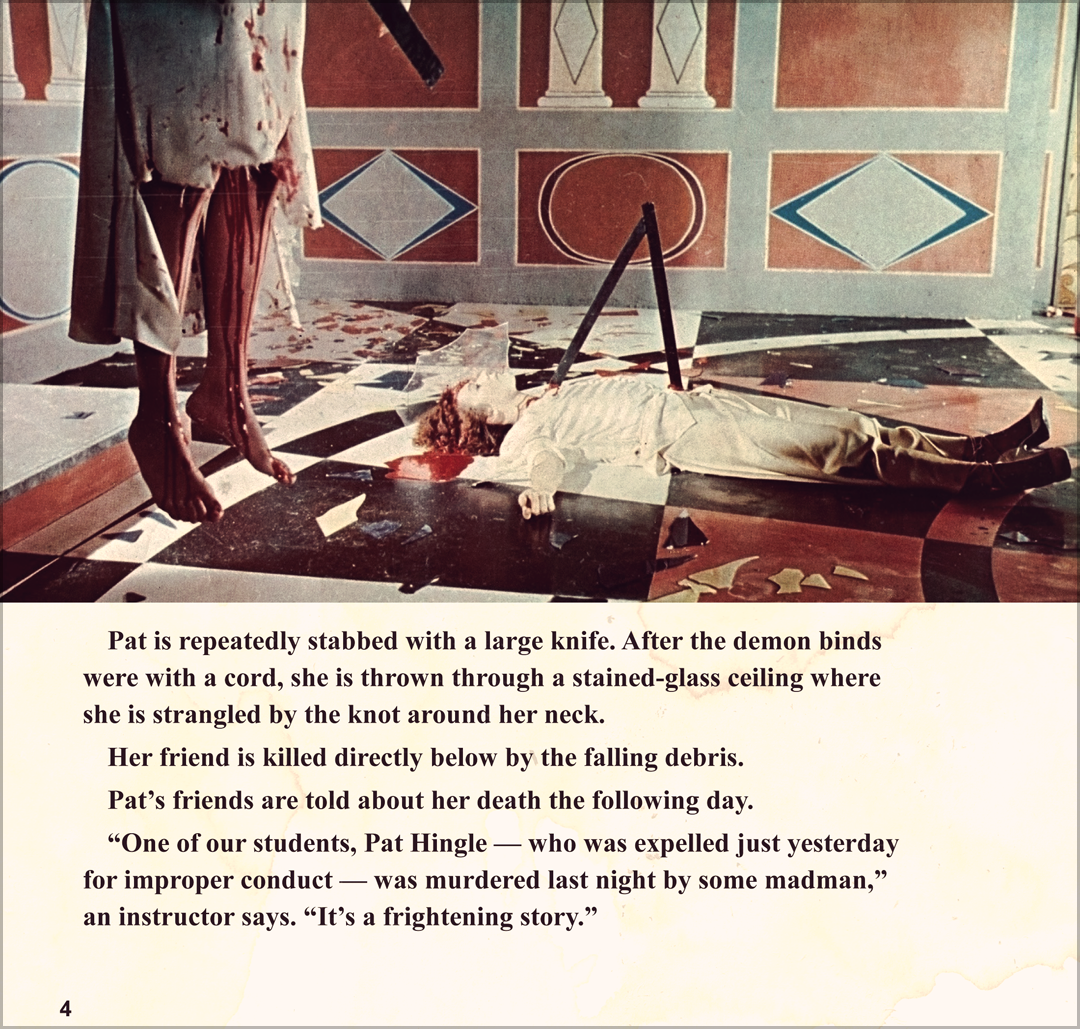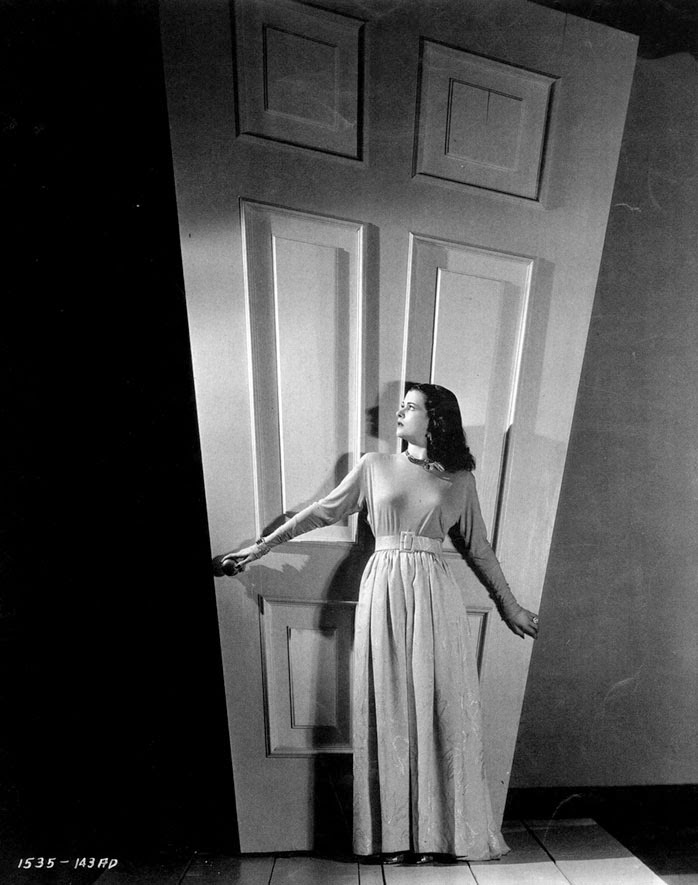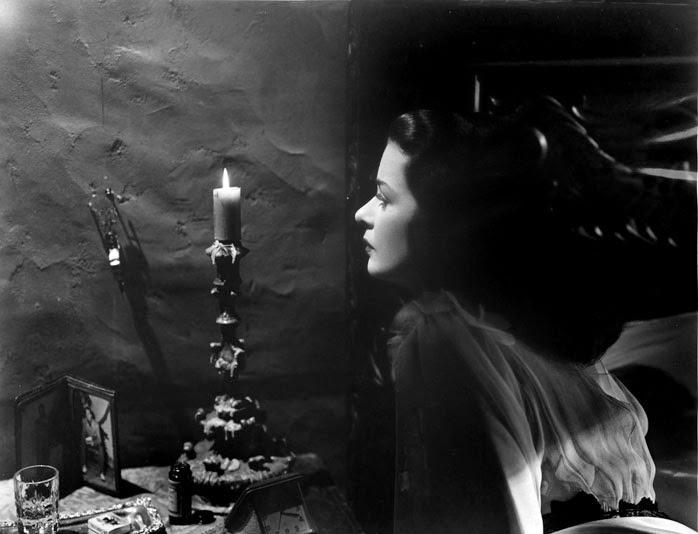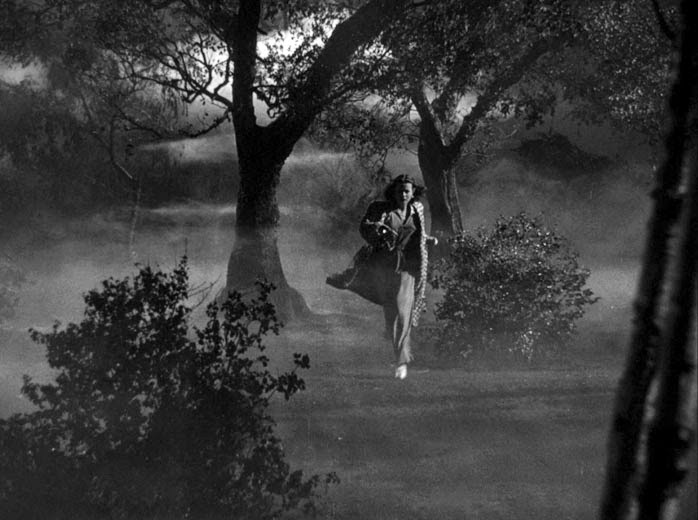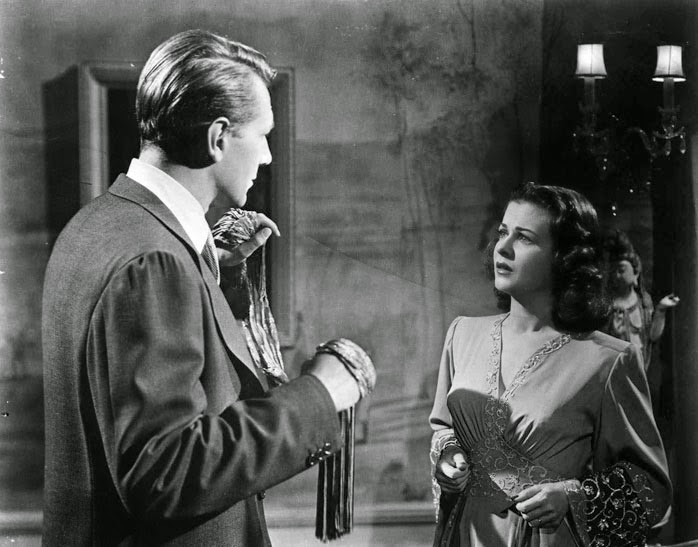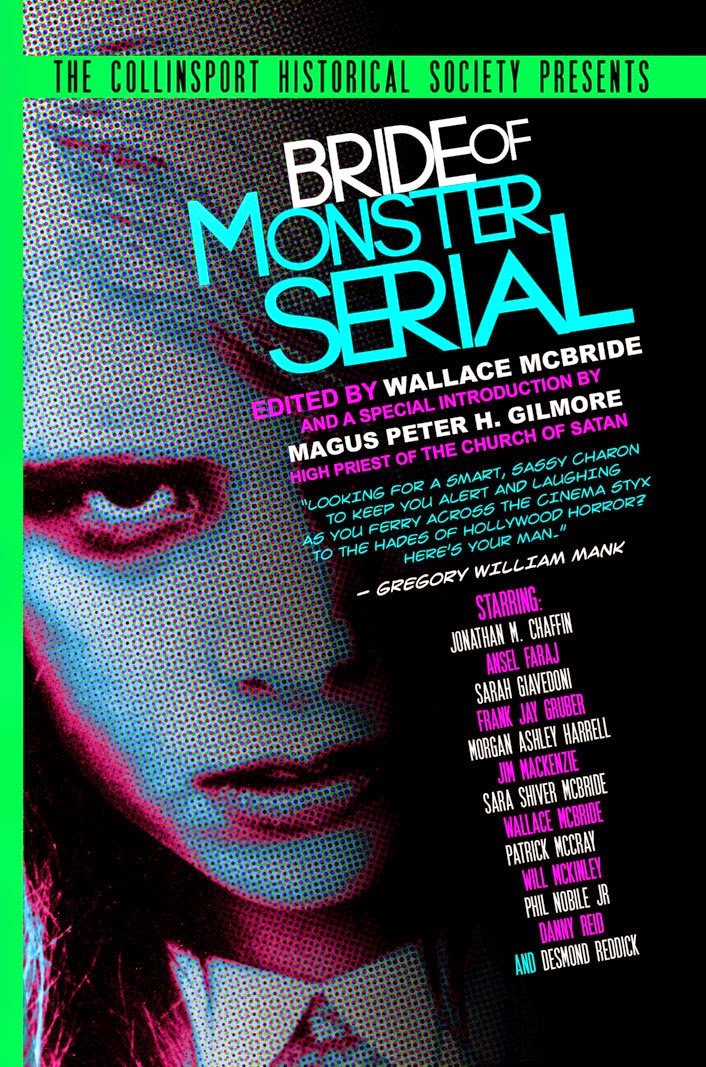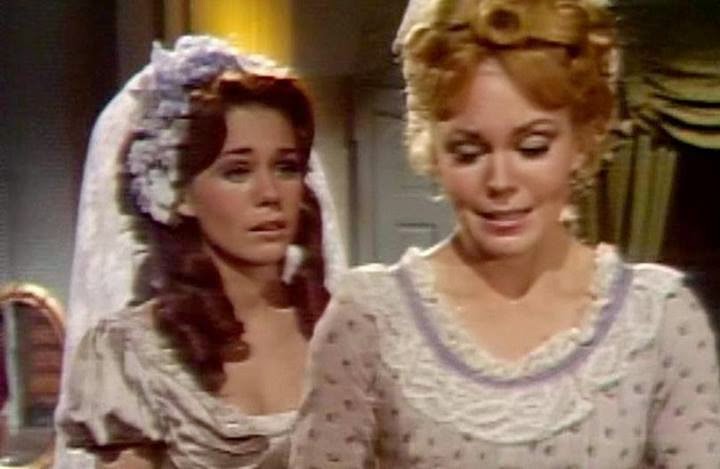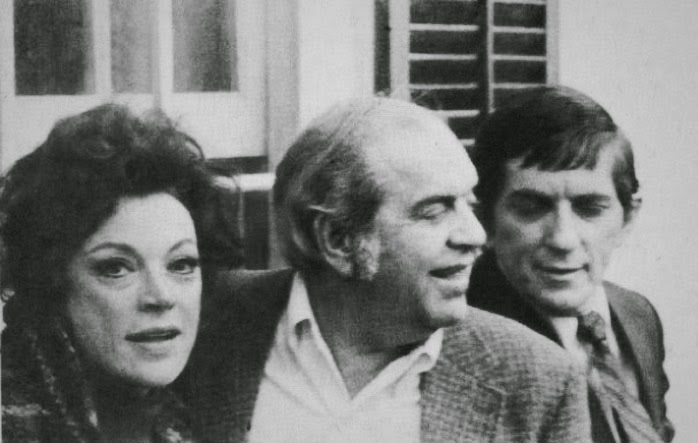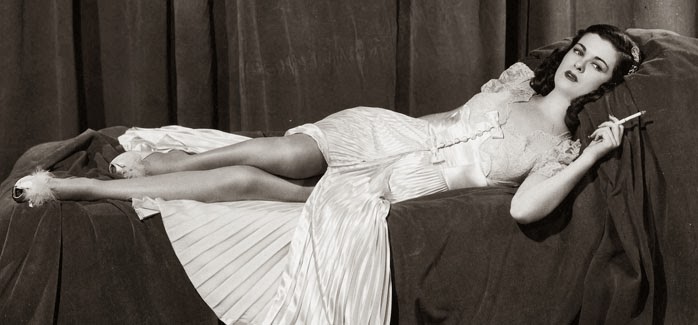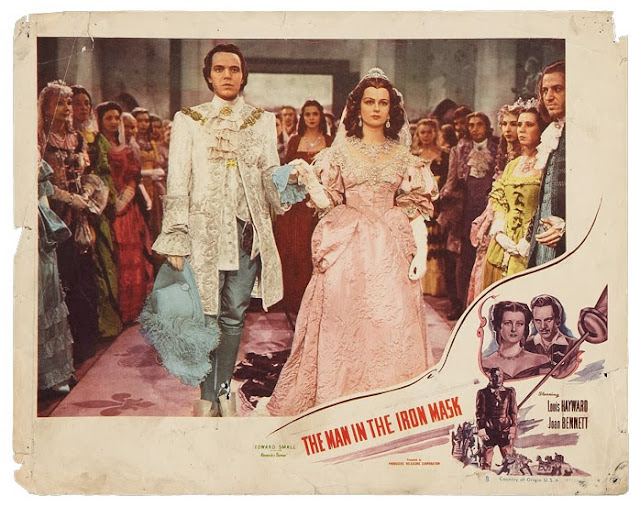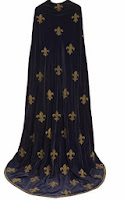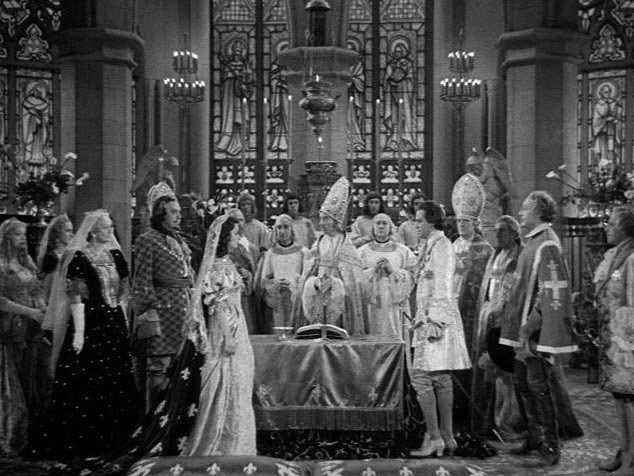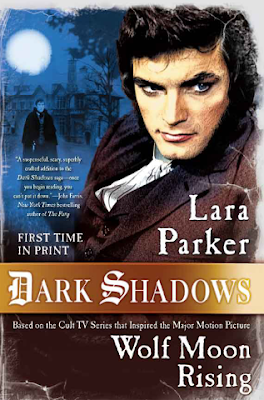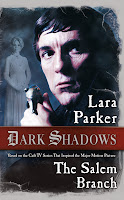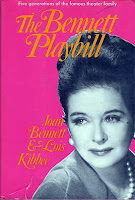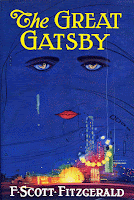"No Tears for Miss Bennett"
TV Guide, Aug. 26-Sept. 1, 1967
By Edith Efron
"I had murdered my husband," says
Joan Bennett. "He was buried in the basement. A man moved into the house and blackmailed me into marrying him. At the last minute I backed out and confessed to the murder. When they went down to the basement — he wasn't there. It turned out I hadn't killed him, I'd just stunned him. So now I'm not a murderess any more. But somewhere in the world is my ex-husband."
The star of Dark Shadows, the ABC-TV daytime serial cast in the tradition of the of "Gothic novel," turns to the young man sitting in a corner of her living room. "What happens next?" she asks interestedly. Like most soap-opera performers she's kept busy just learning her Lines for each day's performance and is as curious as the viewer as to the story line. The young man,
Dan Curtis, executive producer of Dark Shadows, grins "I know, but I'm not telling." She chuckles. It's another one of TV oddities she is learning to live with.
Joan Bennett is me of the latest Hollywood women stars to move into TV.
Bette Davis,
Barbara Stanwyck, Ann Sheridan preceded her and for the same reason: "My film career faded. You reach a certain age in Hollywood — like
Claudette Colbert,
Bette Davis,
Ginger Rogers or myself — there's a shortage of glamour roles. A man can play leading roles until he's 60 —
Cary Grant seems to be going on forever — but not a woman."
It's still a little strange to see Joan Bennett sitting there, calmly chatting about the latest soap-opera episode with a TV producer. She is one of the Big Names of the glamorous Thirties and Forties — a top-ranking Hollywood leading lady who made her stage debut at 18, just as talking pictures started, who appeared with
Ronald Colman in his first "talkie," "
Bulldog Drummond," and rapidly became a star. She has appeared in 78 films opposite such leading men as
John Barrymore,
George Arliss,
Spencer Tracy and
Gregory Peck. She's a
bona fide creature of another epoch — Hollywood's Golden Age.
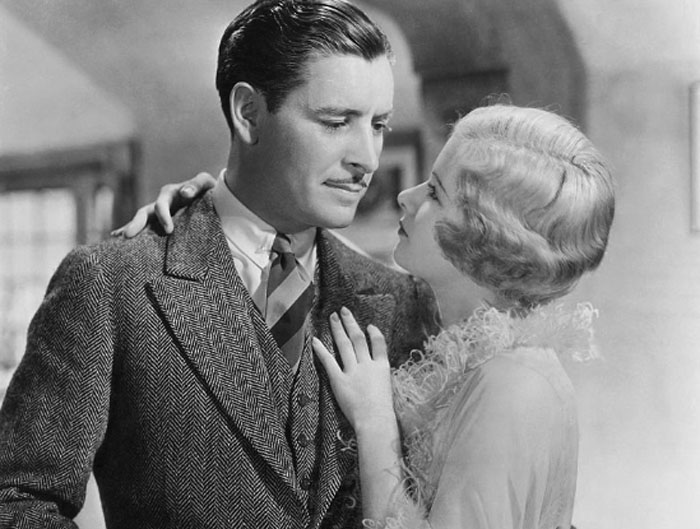 |
| Ronald Colman and Joan Bennett in BULLDOG DRUMMOND, 1929. |
It's hard to forget it when one sees her. She looks very much the same after all these years: serene, brilliantly brunette, quietly gay. She's older, but she has the Great Star secret of looking 20 years younger than she realy is — and she carries the mark of her glittering epoch: She reveals a touch of sad nostalgia for the past. "Almost all of the people with great taste are gone — it was glamorous and fun and exciting. It was really a beautiful world."
She doesn't care much for Hollywood today. "I'm glad that when I was in it, it was then, not now. There's an awfully funny group now — sort of beat. These filthy films; they're all over the place. It doesn't seem to be fun any more. The spirit has changed. I don't go to films now unless it's an Audrey Hepburn picture — glamorous, beautifully mounted. She and Cary Grant still represent the Golden Age." She laughs quietly. "The same goes for plays.
Sam Goldwyn once made a wonderful remark. He said, 'If you have a message, send for Western Union.' He didn't like message plays. Neither do I. I like to go to the theater and movies to see pretty people and pretty things. Most plays today are depressing, messagey."
In fact, she's not entirely happy with the way America is today. "The sense of life, the gaiety, the fun seem to be gone. I wonder if everyone doesn't feel that way secretly. What I love is the ultra-elegant, aristocratic, luxurious strain in life. I think it's wonderful what they're doing in the Peace Corps — but I wouldn't want to do it." Then she sounds off violently — "I can't bear the hippies and the beats. I think they're ghastly — they're not clean. Why are the boys looking like girls and the girls like boys? All this LSD business and the trips — it's awful."
Most of the younger folk at ABC who deal with Joan Bennett manifest an intimidated respect for the ex-denizen of the world of romantic glitter. One ABC executive reports confidentially, "The people around here are in such awe of her they're afraid to approach her. She scares the network personnel, the press people, the photographers. We don't usually have people with that aura around. Because of the glamour buildup she's had through the years — you just don't go up to her and say 'Hi, Joan' and put your arm around her."
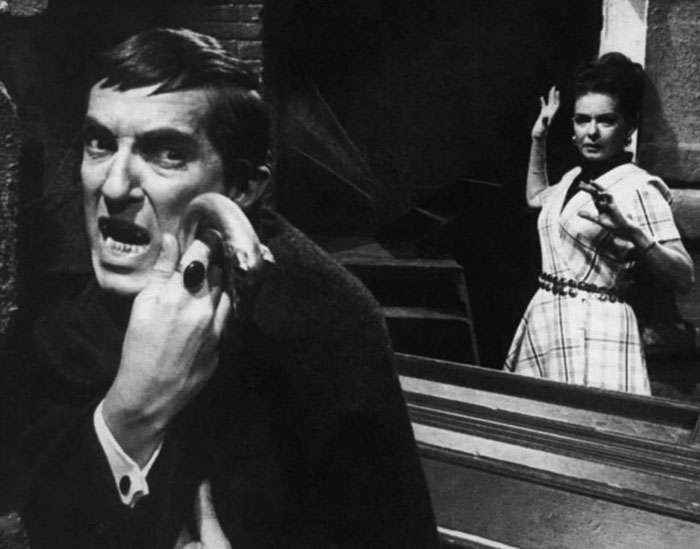 |
| Jonathan Frid and Joan Bennet in a promotional image for DARK SHADOWS. |
The truth is, however, that under the light cloak of glamour that does envelop her, she's a shy sort of woman, with no wildly unusual characteristics. Once married to
Walter Wanger, she is now divorced, and leads a relatively quiet life — divided among work, family and friends. She's an extremely hard worker, according to producer Curtis: "Her attitude is excellent. We work the hell out of her. She's a very, very good actress. She has to carry a large load, and she's up to the job."
"There's much more work in TV than movies," Joan comments. "The other day I had to learn 24 pages of dialog. in films that would have taken a week, not a day." She finds TV work enjoyable: "It's a more spontaneous medium than the movies. You don't do something over and over and over again. I remember once, in '
Little Women' — I played Amy — doing 22 takes on one scene."
Mother of four daughters and nine times a grandmother, she is, above all, a family-minded woman. "My children are the most important thing to me. I'm very proud of them. I think I've raised them beautifully. They've all turned out so well."
Her children return the compliment. One of her daughters, Mrs.
Stephanie Guest, an artist, raves about her mother: "She's marvelously candid. She seems very young. She was a good mother. When she was in pictures, she always came home from the set at night and put us_to bed. We had governesses, but I never thought of them as taking her place, because she was always there."
She is not a pretentious or temperamental woman. Her daughter says of her: "She has a strong character. There are thousands of people on a movie set who keep telling you how beautiful you are, how gorgeous, things like that. The remarkable thing about my mother is that she never let that worship, that adulation, turn her head."
Muriel Finney, an old friend, says: "She's a pretty happy person, generally. She's not a bit moody. Her children have given happiness. They're very, very, very close. She was pleased with their marriages, with the grandchildren. They're together on birthdays, holiday, even Valentine's Day is a big family day."
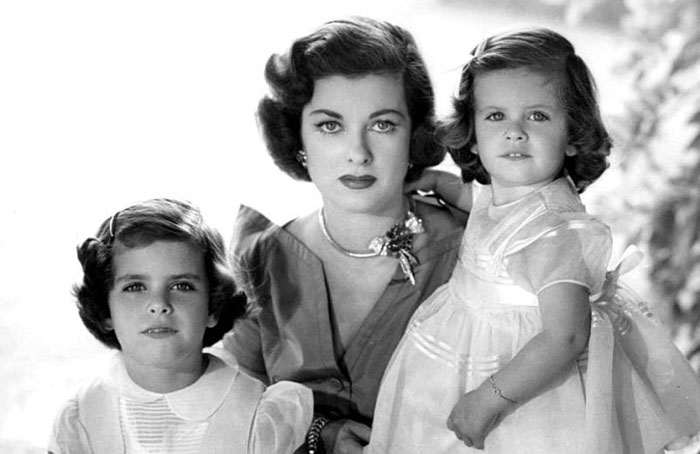 |
| Joan Bennett with daughters Stephanie and Shelley. |
The truth is that there's no earthly reason for the young network personnel at ABC to be terrified by Joan Bennett. On the surface, she's very much like their mothers and their aunts. In fact, she claims to be so close to the average middle-class woman that she verges on the disappointing. It's a solace to visit her apartment, glowingly clean and decorated in brilliantly gay, fresh colors, and to discover an authentic movie star's bedroom —huge, superlatively French, glamorous and expensive.
A refugee from the "Great Era," she is accepting her exile and professional demotion gracefully. "I'm enmeshed in an endless series of problems and mysterious murders," she says with determined cheer — and she's not altogether insincere. From her point of view, unraveling a skein of soap-opera worries is substantially more desirable than the choice that some of her once-glamorous contemporaries have been forced to make: "I feel very bad about Bette Davis and Joan Crawford," she confides quietly. "I don't like to think of them in these grotesque roles. I think it's too bad to take their images spoil them. I haven't gone to see them. It's a desecration of what they used to be."
Dark Shadows, she feels, is better. And it may well be. But still has an uneasy feeling, when screen, that she shouldn't there at all ... Ronald Coleman, George Arliss and John Barrymore are turning in their graves.

